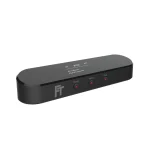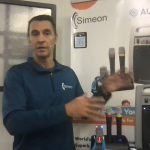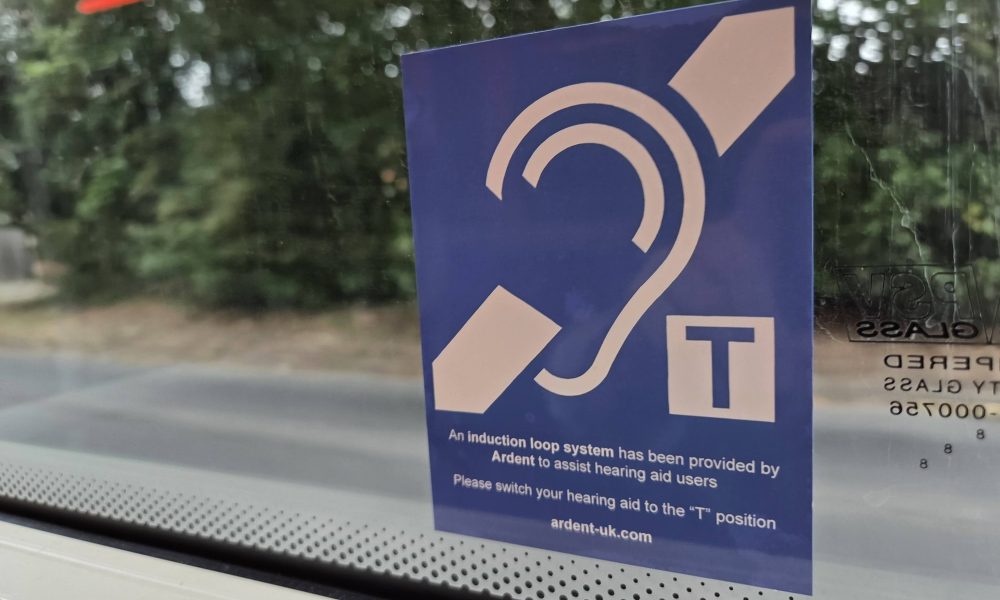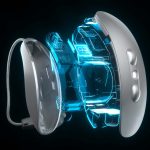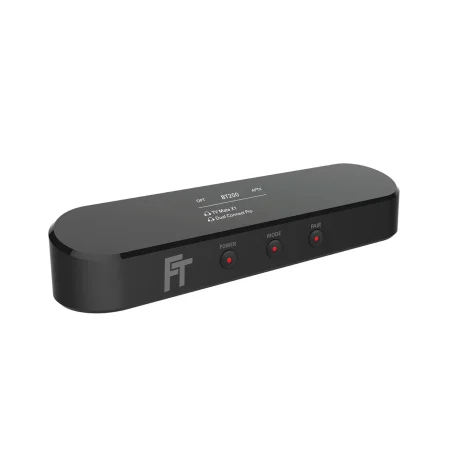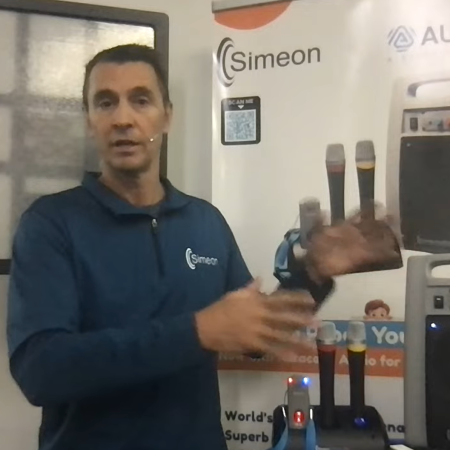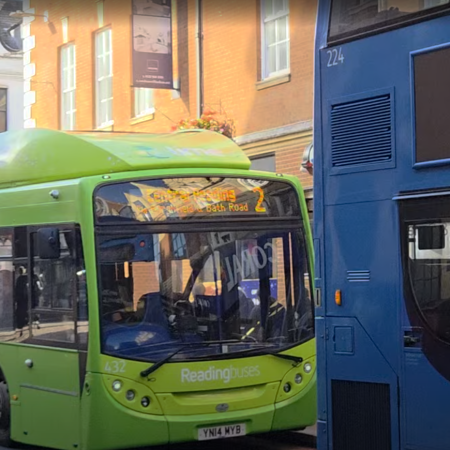Hands Off Our Telecoils? It should be Hands On Our Auracasts!
Hands Off Our Telecoils is a new campaign launched by the European Federation of Hard of Hearing People (EFHOH) at its recent AGM. The company is asking people to join its campaign to ensure Telecoils remain a standard, as “Auracast is not ready yet”.
We can’t agree with the core message, but do have some sympathy with it. We don’t think it should be Hands Off Our Telecoil, but instead Hands On Our Auracasts.
The EFHOH meeting was held in Tallinn, Estonia, and the Hands Off Our Telecoil campaign was launched towards the end of the event.
The campaign’s statement is a “warning against the premature removal of telecoils from hearing instruments such as hearing aids and cochlear implant processors”.
The telecoil, sometimes known as loops, has been a standard for around 90 years. They require people with telecoil-enabled devices to sit within a loop of metal wire so that they can receive sound being transmitted via an AV desk. It is not a perfect technology: prone to breakdowns, interference and crackly sound, it needs expert sound engineers to be useful.
What is the Hands Off Our Telecoils campaign calling for?
The EFHOH says that by removing telecoils from hearing aids and Cochlear threatens “continued access to assistive listening systems such as hearing loops” because “Auracast is not ready yet”.
They argue that telecoils are still essential: hearing aids sold without them “would cut millions of hard-of-hearing people off from reliable, proven access to sound in public places, long before new hearing instrument features are fully integrated, widely available and affordable”.
Their three arguments are:
- Disconnecting hearing aid and cochlear implant users from proven, existing systems
- It would create a financial burden for purchasing new hearing aids and smartphones
- Leaves people behind while Auracast is in the rollout and testing phase.
The Hands Off Our Telecoil campaign wants to see telecoils and Auracast co-exist for at least the next 10-15 years, long past the centenary of the loop’s invention.
The EFHOH is calling for manufacturers to continue installing telecoils in their hearing devices and to ensure that marketing materials clearly indicate their inclusion.
It wants audiologists to inform patients about both telecoils and Auracast, encouraging them to choose and activate these technologies in the instruments they install.
Venues and building planners are asked to maintain existing loops and consult with the deaf community ahead of any refurbishment or installation plans.
Policymakers and accessibility professionals are asked to continue the inclusion of existing assistive listening requirements until Auracast has matured and has a large enough user base.
The full campaign statement and a social media toolkit can be accessed here: https://efhoh.org/resources/campaigns/hands-off-our-telecoil/
The EFHOH asks people to use #HandsOffOurTelecoil and #HandsOffTelecoil on social media posts, tagging them in when doing so.
The Hands Off Our Telecoil campaign seems sensible, so why can’t Aurahear endorse it?
Auracast needs to take over from loops, telecoils and existing assistive listening systems such as the Roger set-up. And the sooner the better.
It is easier to install, easier to check if it’s working, and offers clearer sound. Its major trump card is the ability to BYOD (Bring Your Own Device), meaning some users may never realise they’re tuning in to an Auracast.
When it comes to upgrading and updating venues, professional-grade Auracast installations are backwards compatible, so people don’t have to upgrade their hearing aids until they need to.
We believe we should address the EFHOH’s concerns. While we respect their position, we do feel it is misguided.
Auracast is ready…
Like Phonak’s recent blog post, the EFHOH is taking a stance that Auracast is not ready yet, and for this reason, it says that Telecoils are still essential.
This isn’t strictly true. The Bluetooth SIG has been rolling out Auracast since 2022, and the technology is now making appearances in everyday technology. While the standard might not be ‘final’ until 2027, the direction of travel is clear and Bluetooth LE Audio is here and arriving in devices, including newer Windows 11 computers.
The numerous installs show that the technology is ready, it just needs to be put into use.
Telecoils … don’t always provide a direct, clear, and reliable connection
We make no secret that it has been a very long time since we last used a telecoil. We don’t mourn the change because our experience with loops has been anything but positive. From sound desk engineers who forget to turn it on to interference, so the sound gives way to the radio, we have experienced it all in our time.
Auracast is such a step change that we cannot wait for the big switchover. We agree that venues should maintain their telecoils until they upgrade, but we should encourage this switch sooner rather than later. Expecting them to wait 10 or 15 years is a fallacy.
Does switching to Auracast create a financial burden?
It doesn’t have to.
First, hearing aids typically undergo upgrades every four to five years. So, if every manufacturer committed to putting Auracast in every model, from basic to top-of-the-range, most people would have access to it by the end of the decade.
Secondly, people tend to upgrade their phones every two or three years. By the end of the decade, the majority of Android users could have Auracast Assistants at their disposal. Apple users – if the tech firm continues to drag its feet, but hearing aid manufacturers put Auracast Assistants into their apps, the problem will be solved.
And third, there are ways of getting Auracast into non-Auracast-enabled hearing aids, thanks to gadgets such as the FlooGoo, which costs around £50.
Does switching to Auracast leave people behind?
Nope. As stated, professional-grade installations have backwards compatibility.
Some real-world settings where Auracast is being tested will be the first time this technology is used, such as in pub quizzes, intercoms, or on railway station platforms, ensuring no one is left behind – they are being taken into the future.
So, what do we agree on regarding the Hands Off Our Telecoil campaign?
Whether we like it or not, there is a need for telecoils and Auracast to co-exist, and yes, that will probably be 10 years. Some venues will drag their feet about upgrading their assistive listening systems, and some people will want to eke out their hearing aids for as long as they can.
But this co-existence should not mean preserving an ageing technology in aspic at the expense of a better, newer one. We have to be pointing to the future.
So, the campaign should focus on getting Auracast everywhere more quickly – in venues, devices, classrooms, and everyday life. While they are doing so, we need to ensure that in the interim telecoils are maintained and working.
We must emphasise to policymakers and accessibility professionals the urgent need for upgrades, education on new technologies, and promotion across all spheres.
Oh, and we need to be telling them … Hands On Our Auracasts.
Bluetooth has published advocacy resources on its website: https://www.bluetooth.com/auracast/


